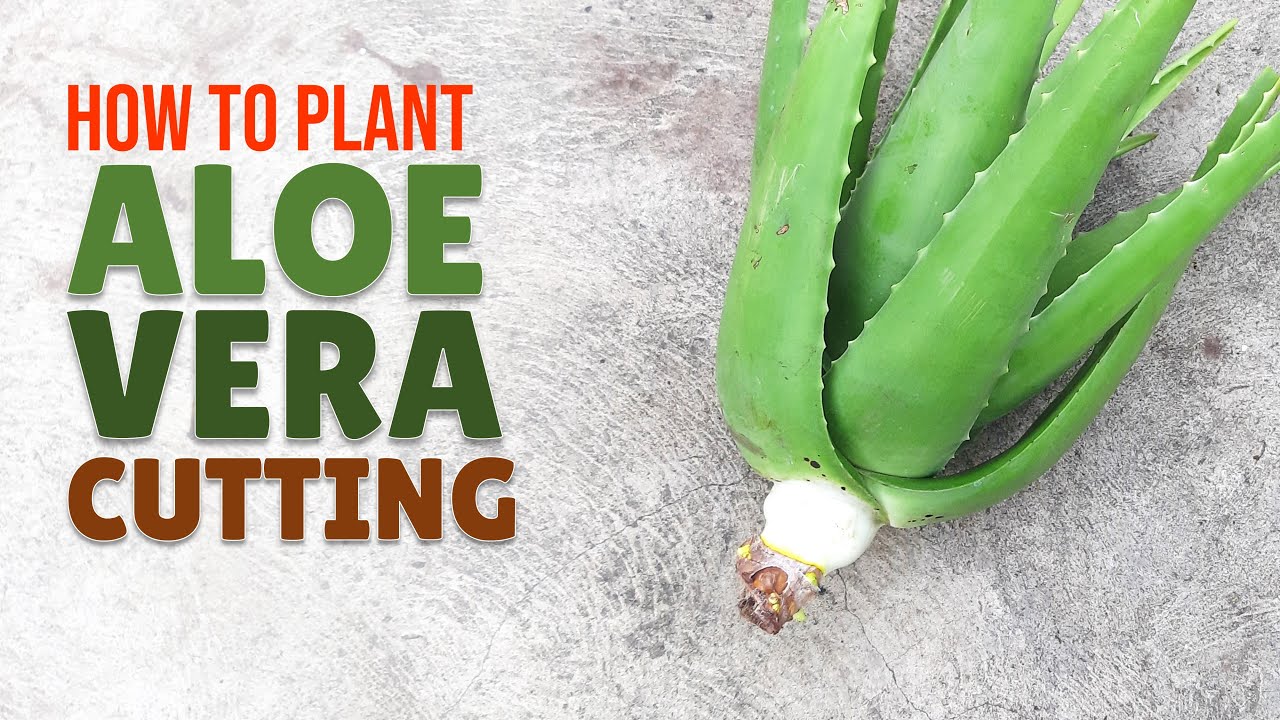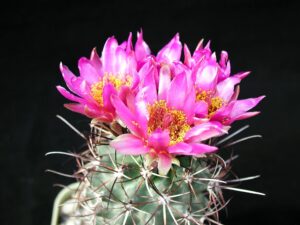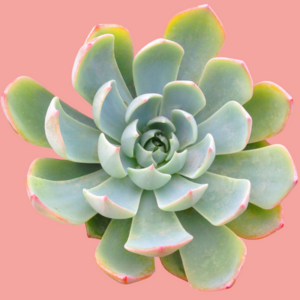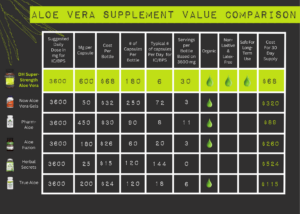Aloe vera has captivated the hearts of many plant enthusiasts due to its striking appearance and myriad of uses. Known for its succulent leaves that store water and gel, this plant is not just a decoration but also boasts exceptional medicinal properties. Growing an aloe vera plant from a cutting is a simple yet rewarding endeavor that allows you to propagate this illustrious species in your garden or indoors.
The allure of cultivating a plant that not only beautifies your space but also aids in health and wellness is profound. People are often enamored by aloe vera’s easy care requirements, along with its ability to thrive even in less-than-ideal conditions. Understanding how to grow an aloe vera plant from a cutting opens the door to a world of possibility, transforming spare cuttings into thriving specimens.
Let’s delve into the intricacies of growing aloe vera from a cutting, exploring methods, optimal conditions, and care practices that will ensure success.
Propagation Techniques for Aloe Vera
The first step in growing aloe vera from a cutting involves selecting the right method of propagation. There are primarily two approaches you can take: leaf cuttings and offset propagation. Each method has its benefits and intricacies.
Leaf cuttings involve taking a mature leaf from an existing aloe vera plant. This technique is less common due to the lower success rate, as not all leaves will effectively root. To perform this method, choose a healthy leaf and, using a sharp knife, take a cutting of about 4-6 inches. Allow the cutting to dry and callous for a few days before planting it in a well-draining soil mix.
On the other hand, offset propagation is often favored and occurs naturally in many aloe species. Aloe vera plants produce offsets, or pups, that can be separated from the mother plant. These offsets are typically more robust and have a higher likelihood of thriving when transplanted. Gently grasp the offset near the base and wiggle it free from the soil. Ensure it has some roots attached for the best chances of survival.
Once you’ve selected your method, you’re ready to move on to preparation for planting.
Preparing for Planting: Soil and Containers
Selecting the appropriate soil and container is crucial for nurturing your aloe vera cutting. Aloe vera thrives in a potting mix designed for succulents or cacti, which offers excellent drainage. A mixture comprising potting soil, sand, and perlite or pumice in equal parts can be ideal for promoting drainage and aeration.
Choosing the right container is equally important. A terracotta pot is an excellent option, as it allows moisture to evaporate quickly, preventing root rot. Ensure that the pot has drainage holes to facilitate the expeditious exit of excess water.
After preparing your soil and container, plant your aloe vera cutting at a depth of about an inch, ensuring it remains upright. Do not water immediately; instead, place the pot in a warm area with indirect sunlight. This waiting period allows the cutting to acclimate and promotes root development.
Creating Optimal Growing Conditions
The success of growing an aloe vera plant from a cutting heavily relies on establishing optimal conditions for growth. Aloe vera thrives in warm, dry climates, and replicating these conditions indoors or outdoors can significantly enhance root establishment and plant health.
Light, temperature, and humidity play pivotal roles. Aloe vera requires bright, indirect sunlight. While it can withstand direct sunlight, it may suffer leaf burn if exposed to harsh rays for extended periods. The ideal temperature range for aloe vera is between 60°F to 75°F. Avoid placing the plant in extremely cold or drafty areas, as this succulent appreciates warmth.
Humidity levels should remain low, parallel to the natural arid environments from which aloe vera originates. Water the aloe vera sparingly during the initial root establishment phase. Once roots have developed—typically evident through new growth or stabilization of the cutting—transition to a regular watering schedule. Water deeply but infrequently, allowing the soil to dry out between watering to prevent root rot.
Caring for Your Aloe Vera: Maintenance and Observations
Once the aloe vera cutting has rooted and begun to grow, ongoing care is essential to its long-term health. Pay attention to the visual cues your plant provides; curling or browning leaves may indicate overwatering, while wilting could suggest underwatering. Regularly inspect the base of the plant for pests such as mealybugs or aphids, which can compromise plant health.
As your aloe vera plant matures, consider repotting it into a larger container if you notice that it has outgrown its current home. This gives the roots ample space to grow and access fresh nutrients. Fertilizing every 4-6 weeks during the growing season with a balanced, diluted succulent fertilizer can bolster growth, though it is not always necessary, as aloe vera stores nutrients effectively in its leaves.
In conclusion, growing an aloe vera plant from a cutting is a gratifying experience that yields not only a visually appealing plant but also a source of natural remedies. This succulent’s storied history and significant properties make it a cherished addition to any collection. By following the steps outlined above and providing the right conditions and care, anyone can cultivate their own aloe vera plant, enhancing both their space and well-being.





Leave a Comment